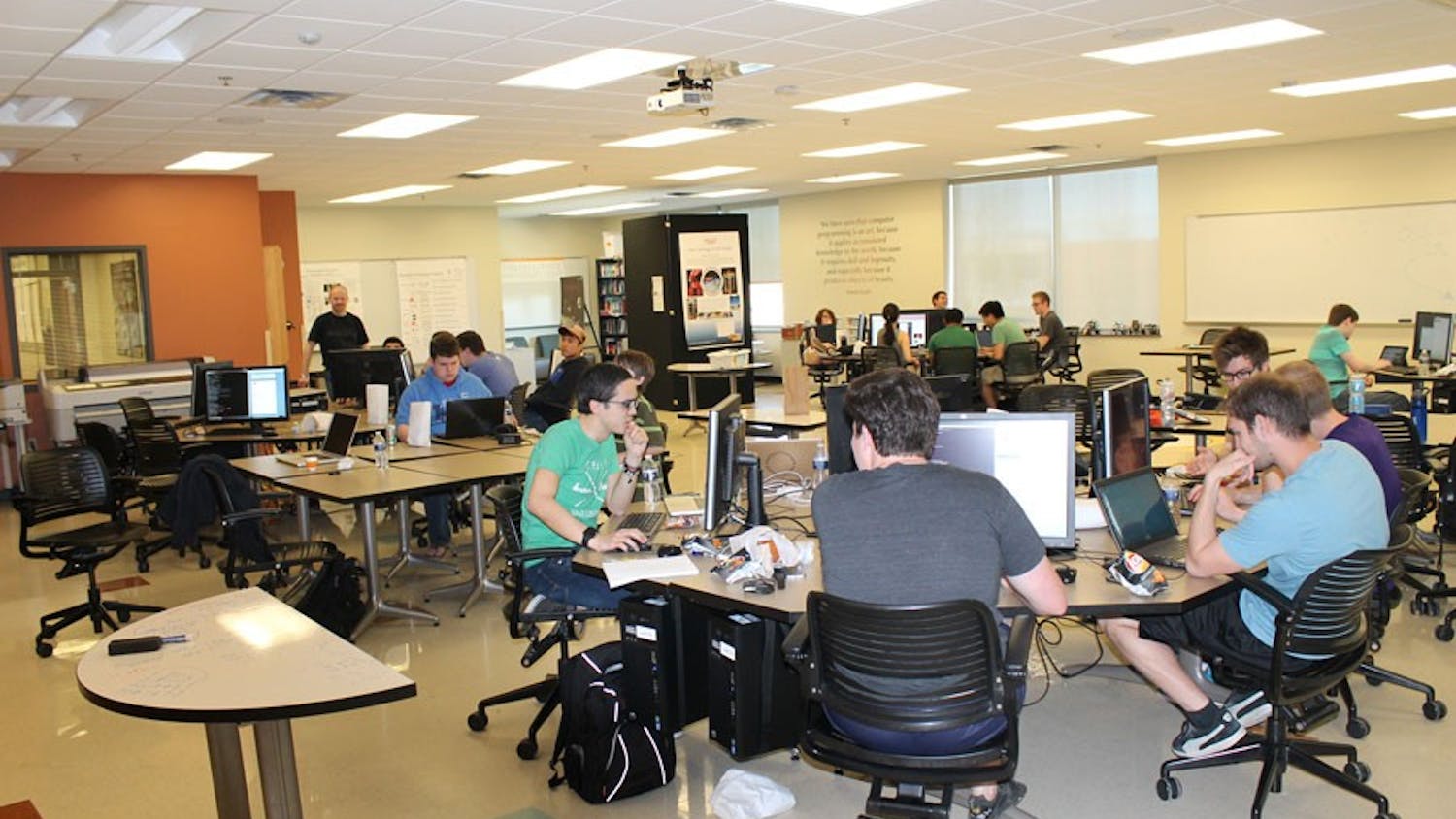By Katelyn S. Irons | Echo
Comet ISON, which has potential to be the 'comet of the century,' is currently on track to travel past the sun on Nov. 28. It's even bright enough to be viewed with binoculars-if you know where to look.
ISON has been highly anticipated by stargazers and astronomers alike, having the potential to be bright enough to be seen during the day, according to TUAW.
Discovered September 2012 by two amateur Russian astronomers, scientists have tracked ISON for more than a year, hoping to learn about the comet's gaseous makeup, according to NBC.
The comet's core is predicted as between 0.12 and 1.2 miles across, which is average compared to massive comets like Hale-Bopp, according to Space.com. Now the comet is hurtling towards its closest approach to the sun, where, on Nov. 28, it will come within 730,000 miles of the sun.
"(Just one) solar effect could impact the comet at this stage in its journey. If the sun coincidentally sends out a giant cloud of solar particles, known as a coronal mass ejection, at the right time and direction to pass the comet, it could pull the comet's tail right off," wrote Karen Fox of NASA's Goddard Space and Flight Center.
The comet will have to survive radiation from the sun boiling the water in its surface, intense pressure and hot winds from the sun's surface. The first time a comet travels around the sun a lot is typically burned off. But even if ISON does not survive, astronomers are still learning from tracking the comet and observing its interactions with the atmosphere, according to NASA."If Comet ISON survives its trip around the sun, there's a good chance that it will be incredibly bright and visible with the naked eye in the Northern Hemisphere," Fox said.
Even if the comet doesn't live up to this hype, the NASA-organized Comet ISON Observation Campaign (CIOC) has high hopes for interaction with the public."More likely, ISON will be one of the brightest comets in the past several years, and thanks to the global astronomy community, we hope one of the most broadly observed comets in history!" researchers with CIOC wrote.
The comet currently can be seen in the early mornings before sunrise. Check out these apps or look online at TheSkyLive.com.
Cool app to help you find comet ISON http://t.co/mhN6r5lfeH- TUAW (@TUAW) October 14, 2013
RT @wiredspacephoto: A very recent shot of Comet ISON, showing the tail in all its glory http://t.co/P01zT4g48b- WIRED (@WIRED) October 9, 2013
Comet #ISON imaged by Michael Jäger on November 12th http://t.co/nWNXNRKr9P #cometison #austria pic.twitter.com/nwMlO4AAa4(Thumbnail photo courtesy of ESA/Hubble.)- Comet ISON (@CometISONnews) November 12, 2013




